We caught up with the brilliant and insightful Jacqueline Tam a few weeks ago and have shared our conversation below.
Jacqueline, thanks for joining us, excited to have you contributing your stories and insights. Learning the craft is often a unique journey from every creative – we’d love to hear about your journey and if knowing what you know now, you would have done anything differently to speed up the learning process.
I first found my way into illustration through enrolling in Continuing Education courses at The School of Visual Arts. Initially, I attended these night classes simply as a creative outlet outside of my current work in advertising and because I felt the need to tend to a lifelong interest. After learning that illustration was a thing that people could do for a living, I decided to apply to SVA’s MFA Illustration as Visual Essay program. This two year program was an essential stepping stone for me from my career at the time into a new one.
An MFA program is certainly not essential in the illustration industry but it was useful for where I was at. At the time, I was working in a non-creative field and needed to learn the fundamental skills and develop a network. The most invaluable thing I learned was the practice of wandering – objective-less play with different media and techniques and starting a line without having an end goal. Being comfortable and open to meandering within the unknown is an integral state of mind to a creative practice and I had to slowly unlearn the agenda driven mentality that I had cultivated in my previous line of work. I actually learned the fundamental skills of composition, color and photoshop techniques after the program just by watching online videos, getting my hands on the right books, and refining my tastes from constant exposure to good work over time.
I certainly wish I could have sped up my learning process, but I think creating new pathways in the brain simply requires time. That process is still ongoing.

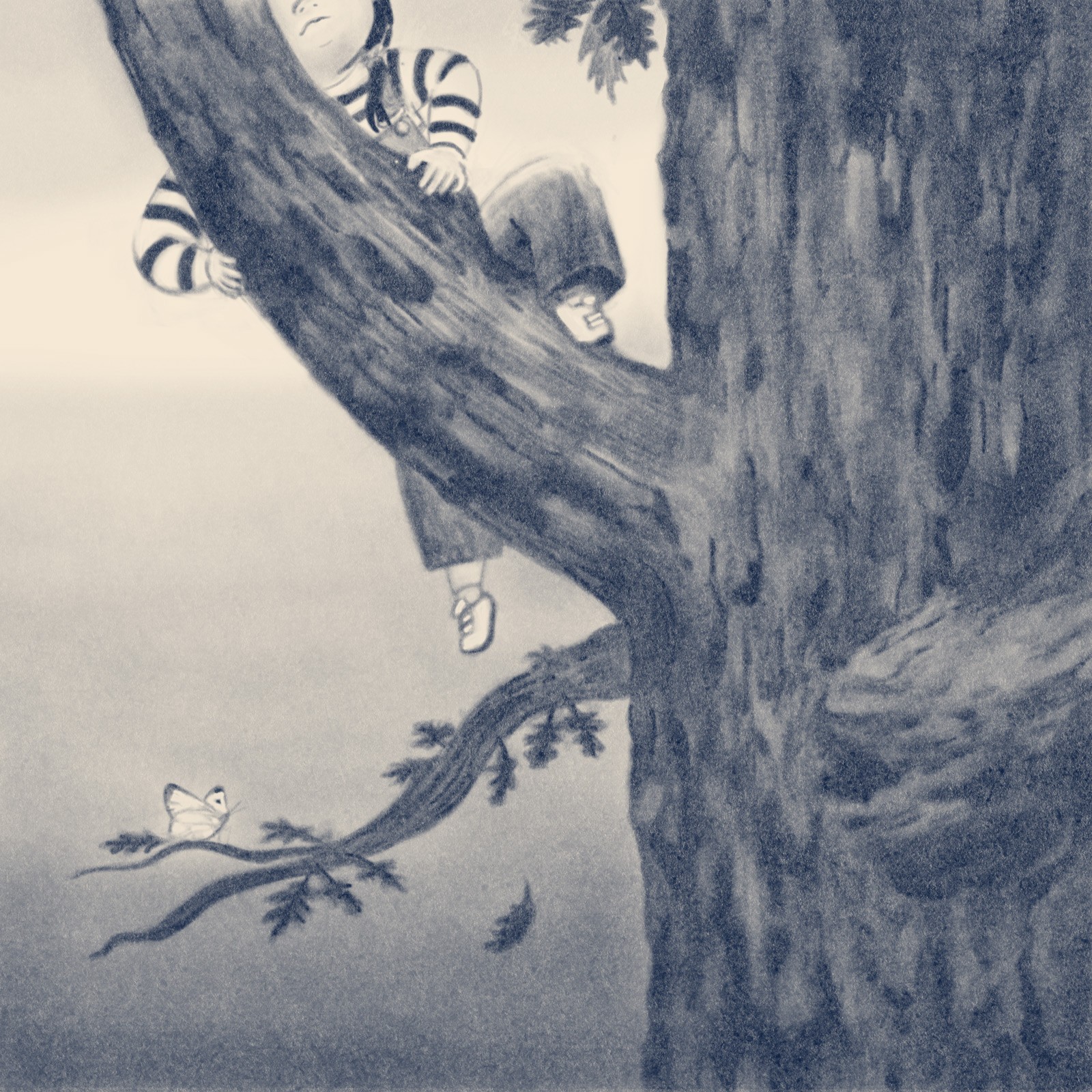
Great, appreciate you sharing that with us. Before we ask you to share more of your insights, can you take a moment to introduce yourself and how you got to where you are today to our readers.
I create illustrations for editorial publications, children’s books and any other project that comes my way. I’ve been told that what attracts art directors to my work is the way I render naturalistic scenes with ethereal washes, movement and unique textures. I draw much of my inspiration from landscapes and elements of the natural world, so I always try to incorporate animals, plants, rock formations, or water into my images. My process includes creating watercolor and/or ink washes then digitally coloring and combining them with detailed pencil drawings.
Lately, I’ve been feeling the need to cultivate personal work that includes my interest in mark making or meditative drawings from my sketchbook that have stuck with me through the years and are calling out to be made. One project that I’ve been building upon is Lunar New Year themed work that I began in the Year of the Tiger. This body of work came out of a time when I felt acutely distant from my family in Hong Kong and I was exploring concepts of home and belonging. I also wanted to use my mark making approach to step away from digital work and create a series of simple yet original pieces that I could issue out as tangible well wishes to friends and family during a culturally significant time of the year. The Tiger series (the animal of LNY 2022) was created with sumi-ink and a comb, which is a technique that I inherited from Marshall Arisman who led the Illustration program at SVA. I continued this Lunar New Year series into the Rabbit and Dragon years with new designs that felt appropriate to the manner and character of each animal. With the Dragons, I began experimenting with a monoprinting technique which has led to interesting results that I’m excited to keep exploring and bring to other artworks outside of this series.
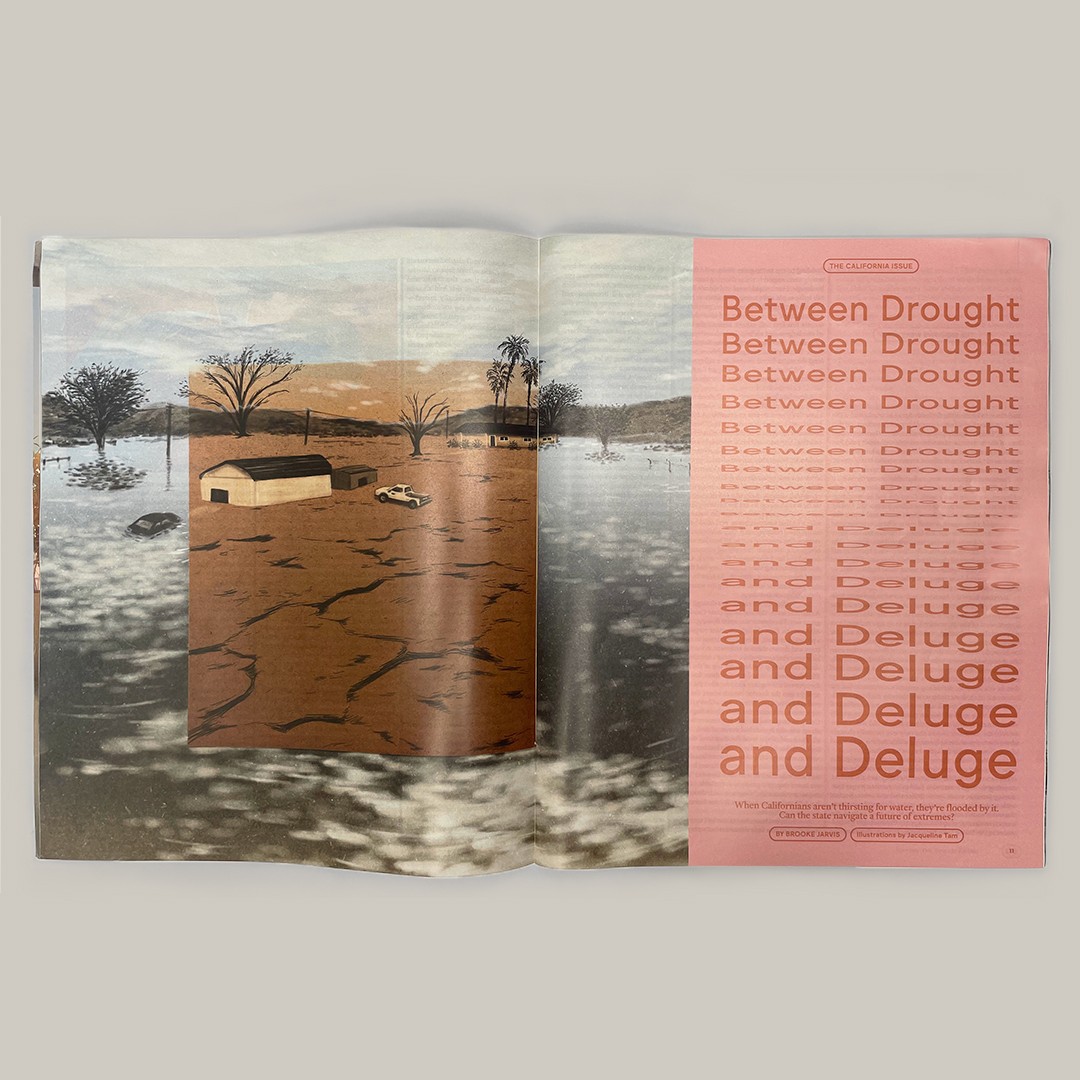

How about pivoting – can you share the story of a time you’ve had to pivot?
Freelance illustration is a business that requires having multiple pots on the stove, and over the years I’ve had to demonstrate how my work could be applied across multiple industries within illustration, such as editorial and children’s books and also develop new skills such as teaching. Aside from being a financial necessity, I’ve seen how each of these disciplines have all fed into each other to create a more holistic practice.
My first commissions after school were from editorial publications such as The New York Times and The Washington Post. These were interesting stories for me to work on that helped get my name out there and were great opportunities where I collaborated with talented art directors. However, as is usually the case with freelance, there were long lulls in between commissions which was not sustainable for income or personal sanity.
I also felt that my portfolio consisted of a variety of disparate short term editorial projects and could use more cohesion from a body of work that was bound together by a single narrative or theme. I decided to devote a summer to creating a children’s book specific portfolio in order to gain representation from a literary agent and secure longer term projects in the publishing space. I began working with Tracy Marchini at BookEnds Literary Agency who got me my first children’s book, “Powerful Like A Dragon ” which is forthcoming from Roaring Brook Press in 2025. Branching out into children’s books has been a rewarding challenge and I’ve been enjoying the slower pace of carefully crafting beautiful scenes that all live together inside of a specific world.
Another discipline that I’m grateful to have added to my repertoire is teaching. I teach an Editorial Illustration class at Pratt and a Playful Mark Making class with a company called Gather. Teaching is a discipline that was way out of my comfort zone when I first started, but I’ve come to see how invaluable it has been for my practice and my personal development. Being able to articulate what I’ve learned has made me think more critically about each creative decision. Most importantly, I’ve become much more confident and at ease in finding the words to describe my process and my work.

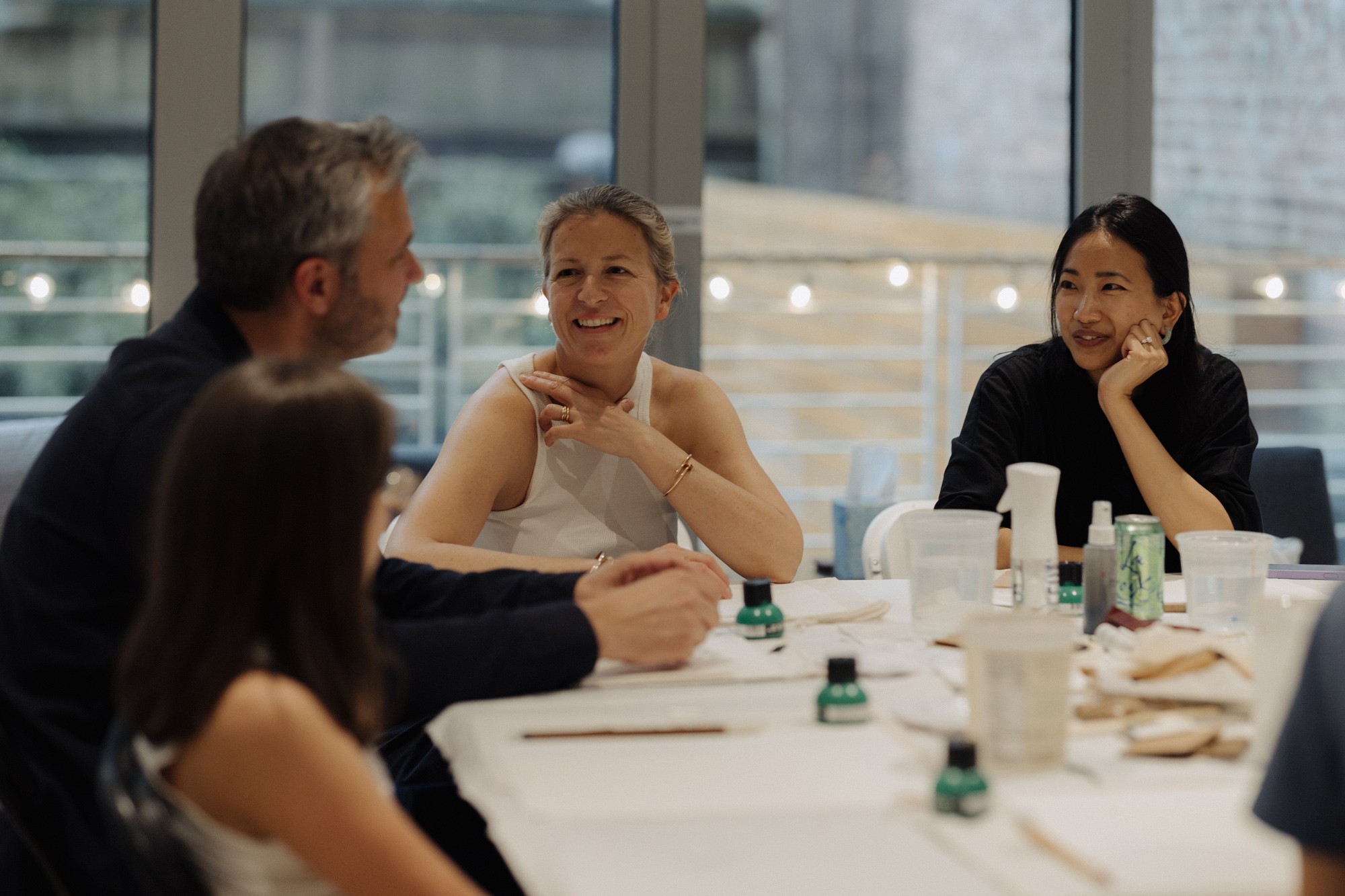
We often hear about learning lessons – but just as important is unlearning lessons. Have you ever had to unlearn a lesson?
A myth that I am in the process of unlearning is the incompatibility of motherhood with a successful creative practice. This narrow idea of what an artist looks like stems from a lack of role models in our culture and even prominent female artists stating how their success was only possible by choosing not to have children. There are in fact many successful women artists who have raised children, and finally coming across examples of them modeling family life alongside their creative careers has helped reshape my thinking.
Although my first child is still in utero, even getting to this stage required acknowledging how embedded my thinking was in a scarcity mindset and then embracing a renewed vision of opportunity and potential. There are of course structures that I have needed to put in place and certain career goals that I hope to achieve before my child enters this world. First and foremost, I’m fortunate to have a partner who has committed to childcare and my goal of maintaining my creative practice.
Two helpful resources that I recently came across are An Artist Residency in Motherhood (ARIM) and You Can Be a Mother and Still Be a Successful Artist, an article on Artsy. This article provides wonderful examples of successful artists with children and goes into more depth around why this antiquated myth still persists. ARIM is a public project begun by Lenka Clayton that “reframes parenthood as a valuable site for creative practice, rather than an obstruction to be overcome” and I look forward to trying this for myself.
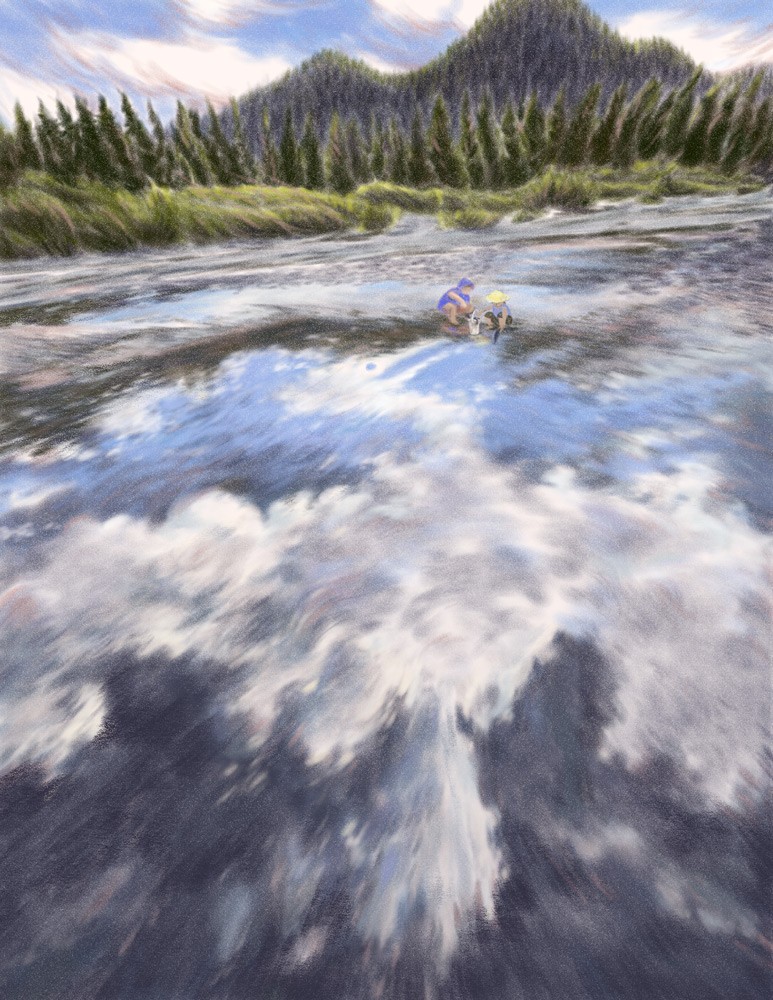
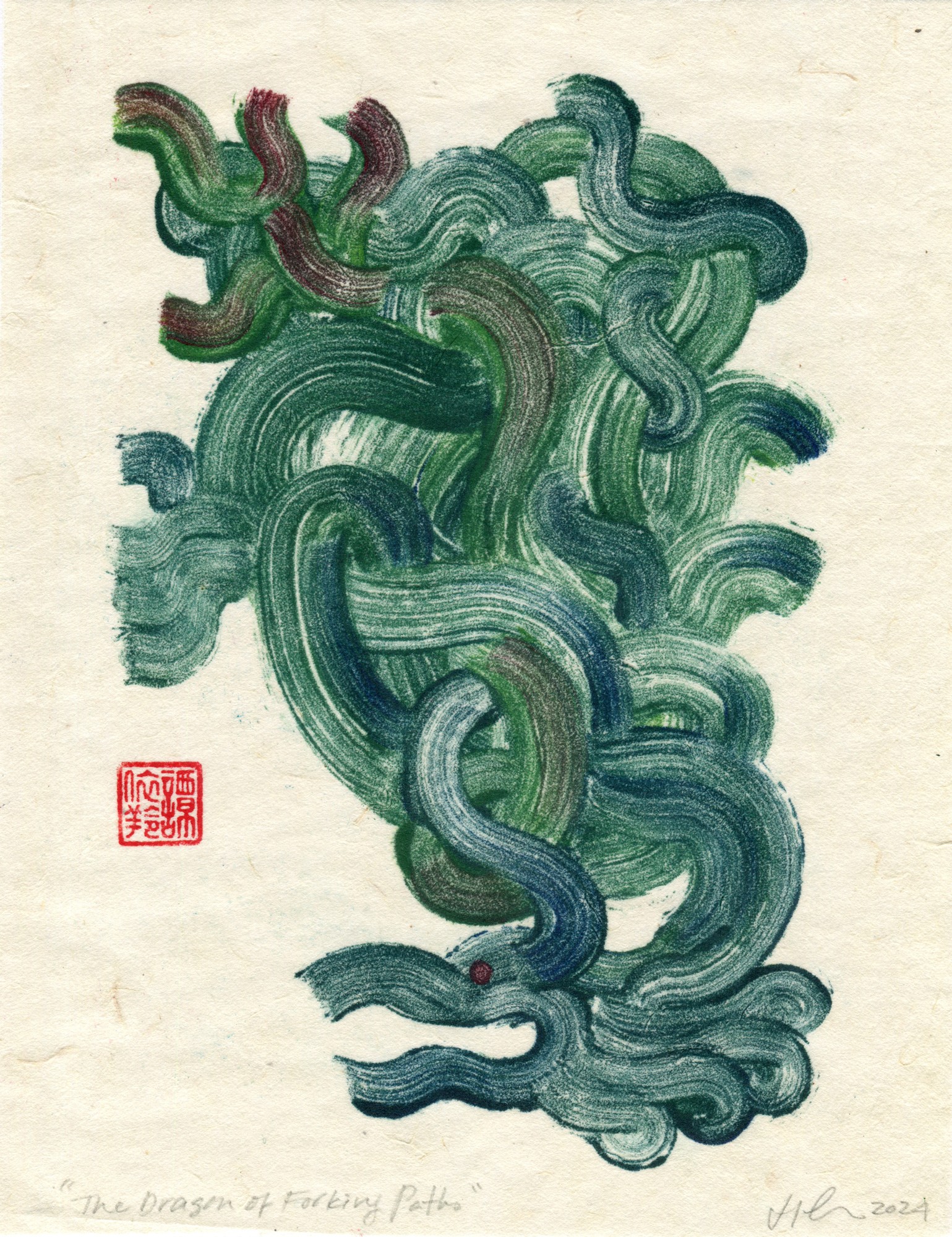
Contact Info:
- Website: www.jacquelinetam.com
- Instagram: https://www.instagram.com/jacquelinetam_
Image Credits
Charlene Kim, Rob Tarleton


